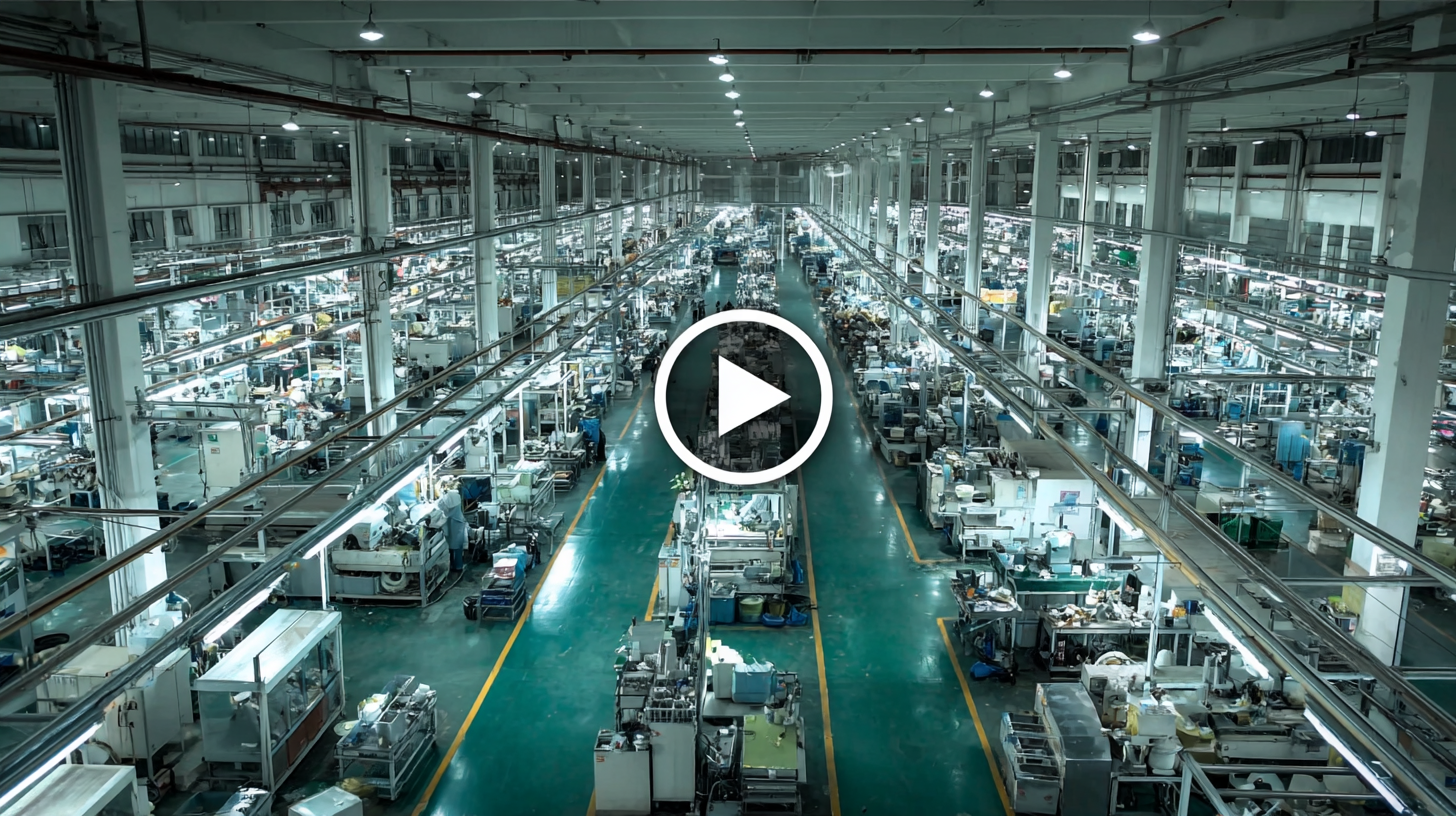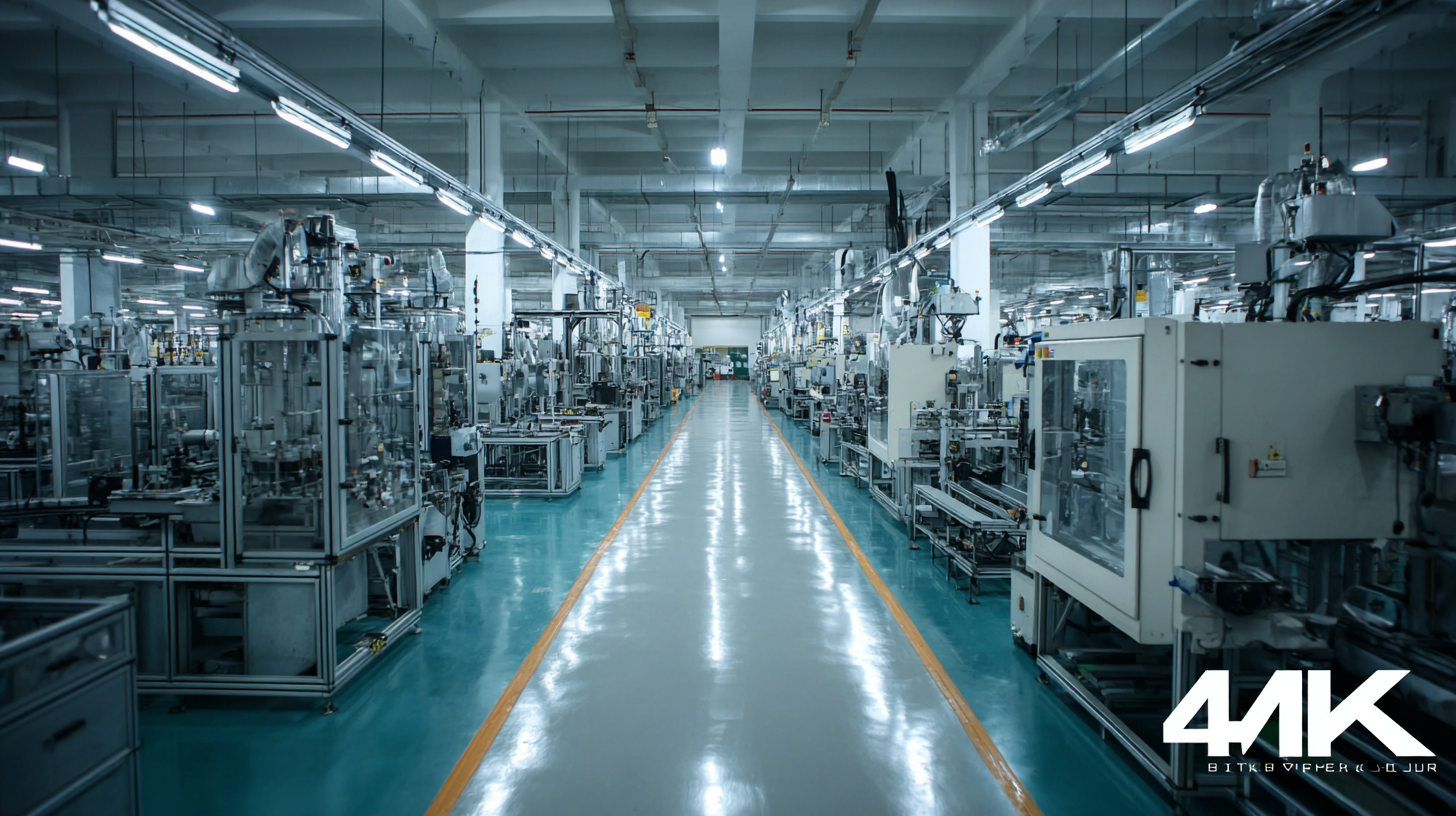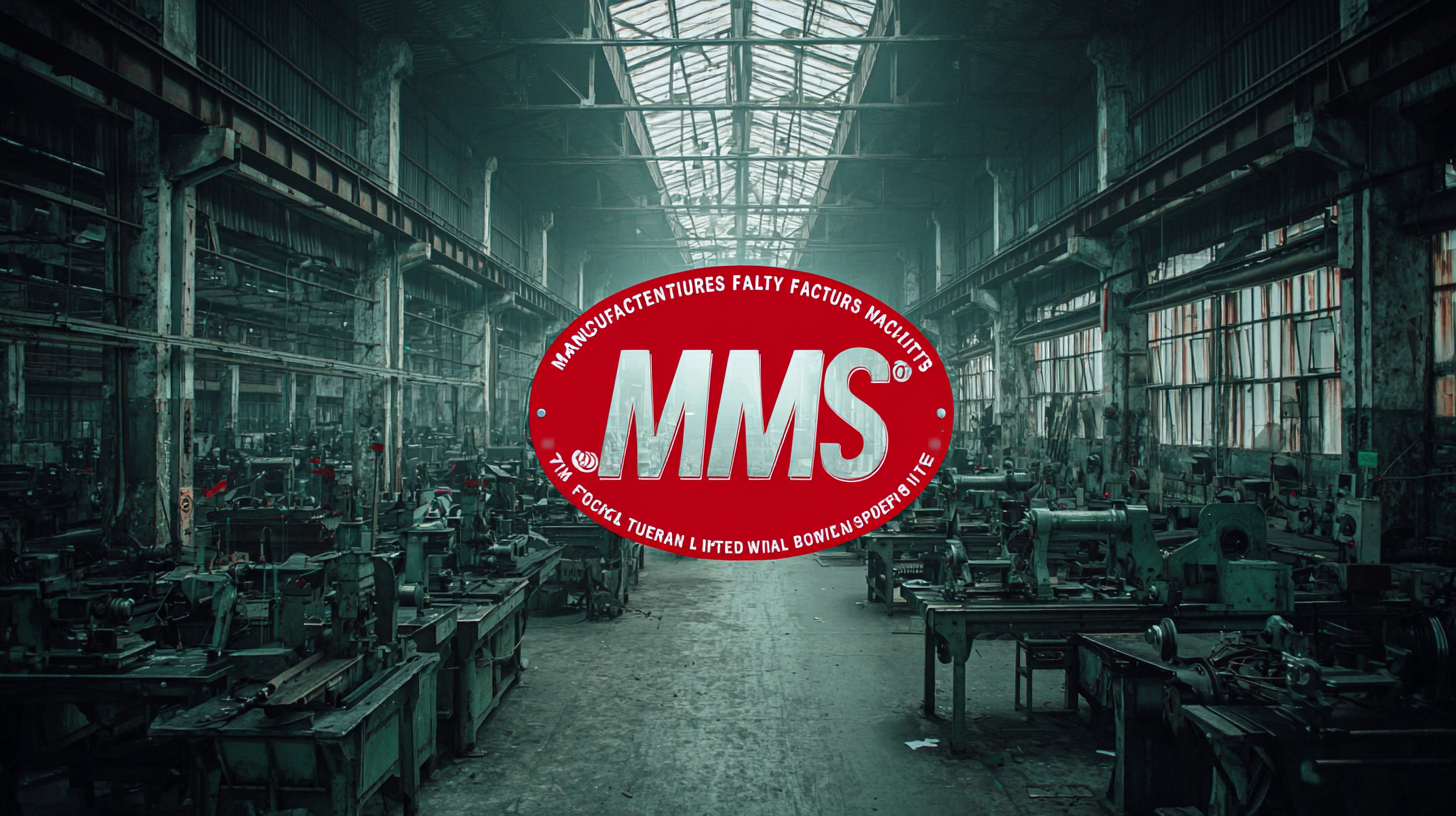
In the rapidly evolving landscape of global trade, the manufacturing sector in China continues to assert its dominance, serving as a pivotal hub for international buyers seeking top-quality products. According to a report by McKinsey & Company, China's manufacturing output accounted for nearly 28% of the world's total in 2021, solidifying its position as the largest manufacturer globally. As we look toward 2025, emerging technology trends such as automation, artificial intelligence, and sustainable manufacturing are reshaping the industry. These advancements not only enhance production efficiency but also encourage environmentally-friendly practices among manufacturers. By understanding these dynamics and the benefits of embracing innovative strategies, global buyers can make informed decisions when selecting manufacturing partners in China, ensuring quality and competitiveness in their supply chains.

When exploring manufacturing options in China, understanding the key characteristics of various product types is crucial for global buyers. Each category of goods has distinct manufacturing processes, quality standards, and supplier expectations. For example, electronic components often require a high degree of precision and strict quality control measures. Popular factories in this sector typically invest heavily in advanced technology and skilled labor to meet these demands.
Tips: When evaluating potential manufacturers, don't hesitate to request samples that showcase their product quality. This can reveal not only the workmanship but also adherence to safety and regulatory standards. Additionally, check for certifications such as ISO, which can indicate a factory's commitment to quality management.
For textiles and apparel, the focus shifts to material sourcing and design capability. Manufacturers in this space must be adept at working with a variety of fabrics and quickly adapting to fashion trends. A factory that regularly updates its equipment and processes is often better equipped to handle diverse requests from global buyers.
Tips: Building a strong communication channel with your chosen factory is essential. Regular updates and discussions can foster a collaborative relationship, ensuring that your specific requirements and timelines are consistently met.
When evaluating the application scope of alternatives in the global market, it becomes essential for buyers to comprehend the diverse manufacturing capabilities that top factories in China offer. These factories are increasingly adapting to varying demands across sectors, from electronics to textiles, enabling them to provide tailored solutions that cater to specific market needs. The versatility of Chinese manufacturing extends beyond traditional products, delving into innovative technologies and sustainable practices that align with global trends.
Moreover, the strategic location of Chinese factories allows for optimized supply chain logistics, making them an attractive option for global buyers. By leveraging advanced production techniques and skilled labor forces, these manufacturers not only meet quality standards but also ensure timely delivery. As global buyers explore alternatives, they should consider the breadth of applications these Chinese factories can support, making informed decisions that capitalize on these strengths to enhance their market competitiveness.
| Factory Type | Location | Main Products | Production Capacity | Certifications |
|---|---|---|---|---|
| Electronics | Shenzhen | Smartphones | 500,000 units/month | ISO 9001 |
| Textiles | Guangzhou | Clothing | 300,000 pieces/month | OEKO-TEX, BSCI |
| Furniture | Dongguan | Wooden Furniture | 15,000 units/month | FSC, ISO 14001 |
| Automobile Parts | Shanghai | Engine Components | 100,000 units/month | TS16949 |
| Consumer Goods | Ningbo | Household Items | 200,000 units/month | ISO 9001, CE |
 The manufacturing landscape in China has evolved significantly,
with quality standards becoming a critical element for global buyers.
According to a report by the International Organization for Standardization (ISO),
China's manufacturing sector has seen a 25% increase in compliance with international quality standards over the past five years.
This shift not only reflects the factories' commitment to quality but also their strategic alignment with global market demands.
The manufacturing landscape in China has evolved significantly,
with quality standards becoming a critical element for global buyers.
According to a report by the International Organization for Standardization (ISO),
China's manufacturing sector has seen a 25% increase in compliance with international quality standards over the past five years.
This shift not only reflects the factories' commitment to quality but also their strategic alignment with global market demands.
Understanding these quality standards is essential for buyers who want to ensure product reliability and safety. The China Quality Certification Center (CQC) reported that factories that adhere to ISO 9001 certification have improved operational efficiency by an average of 20%. Such certifications facilitate smoother transactions for international buyers, as they assure that the products meet rigorous safety and performance criteria. Furthermore, investing in high-quality manufacturing not only enhances product reputation but also helps in sustaining long-term business relationships.
Therefore, as global buyers seek trustworthy manufacturing partners, recognizing the impact of quality standards in Chinese factories is paramount. The adherence to these standards not only mitigates risks associated with inferior products but also fosters innovation and competitiveness in the ever-evolving global market.
As global buyers continue to navigate the vast landscape of manufacturing in China, understanding market trends across different product categories is essential for making informed decisions. Each sector has distinct dynamics influenced by factors such as technological advancements, consumer preferences, and economic shifts. For instance, the electronics industry is experiencing rapid growth, driven by the surge in demand for smart devices and renewable energy technologies. Manufacturers in this space are increasingly adopting automation and AI to enhance efficiency and meet the evolving consumer needs.
In contrast, the textile and apparel sector presents a different set of trends, marked by a rising demand for sustainable and ethical production. Global buyers are now seeking factories that prioritize eco-friendly practices, reflecting a broader shift in consumer consciousness. This trend is pushing manufacturers to innovate in sustainable materials and transparent supply chains. Understanding these contrasting market trends is crucial for buyers aiming to establish successful partnerships with Chinese manufacturers, ensuring they align with both market demands and ethical standards.

In recent years, global buyers have increasingly turned to Chinese manufacturers for high-quality products, driven by the growing reputation of China as a leader in various industries. A report from the International Trade Centre highlighted that in 2022, China accounted for 28.7% of the global manufacturing output, making it one of the most vital players in the international market. A notable case study is that of a U.S.-based electronics company that partnered with a Shenzhen factory known for its advanced technology and skilled workforce. This collaboration resulted in the company reducing production costs by 30% while maintaining product quality, enabling them to offer competitive pricing in the global market.
Another exemplary partnership can be seen with a European apparel brand that engaged with a well-established garment manufacturer in Guangzhou. According to a market analysis from McKinsey, brands that leveraged Chinese manufacturing capabilities reported an increase in their supply chain efficiency by up to 25%. By utilizing local expertise, the apparel brand not only improved its product turnaround time but also enhanced its sustainability initiatives by tapping into local materials. These case studies illustrate how global buyers can successfully collaborate with top-quality manufacturing factories in China, resulting in mutual growth and innovation.
